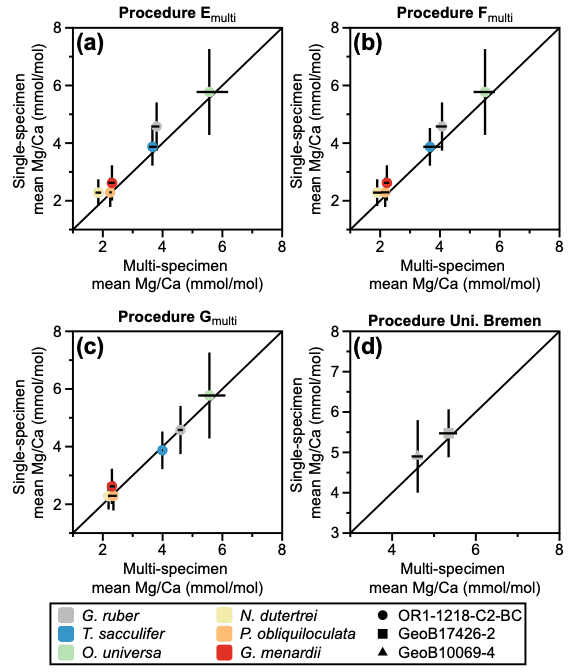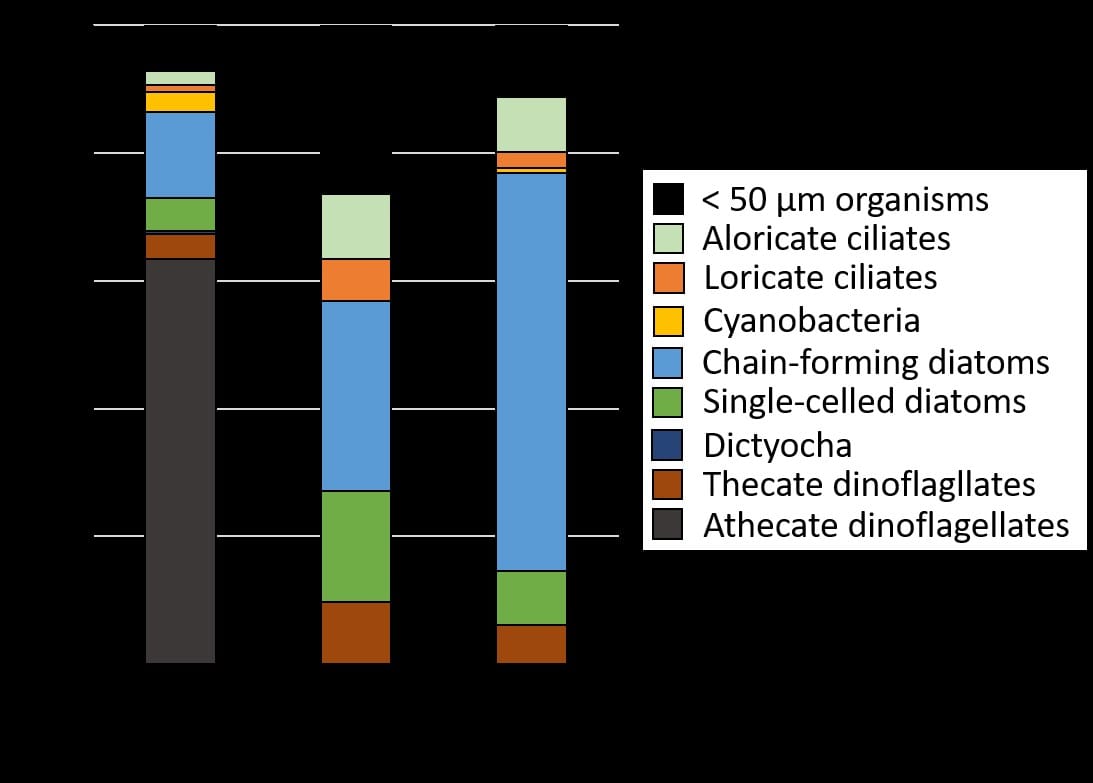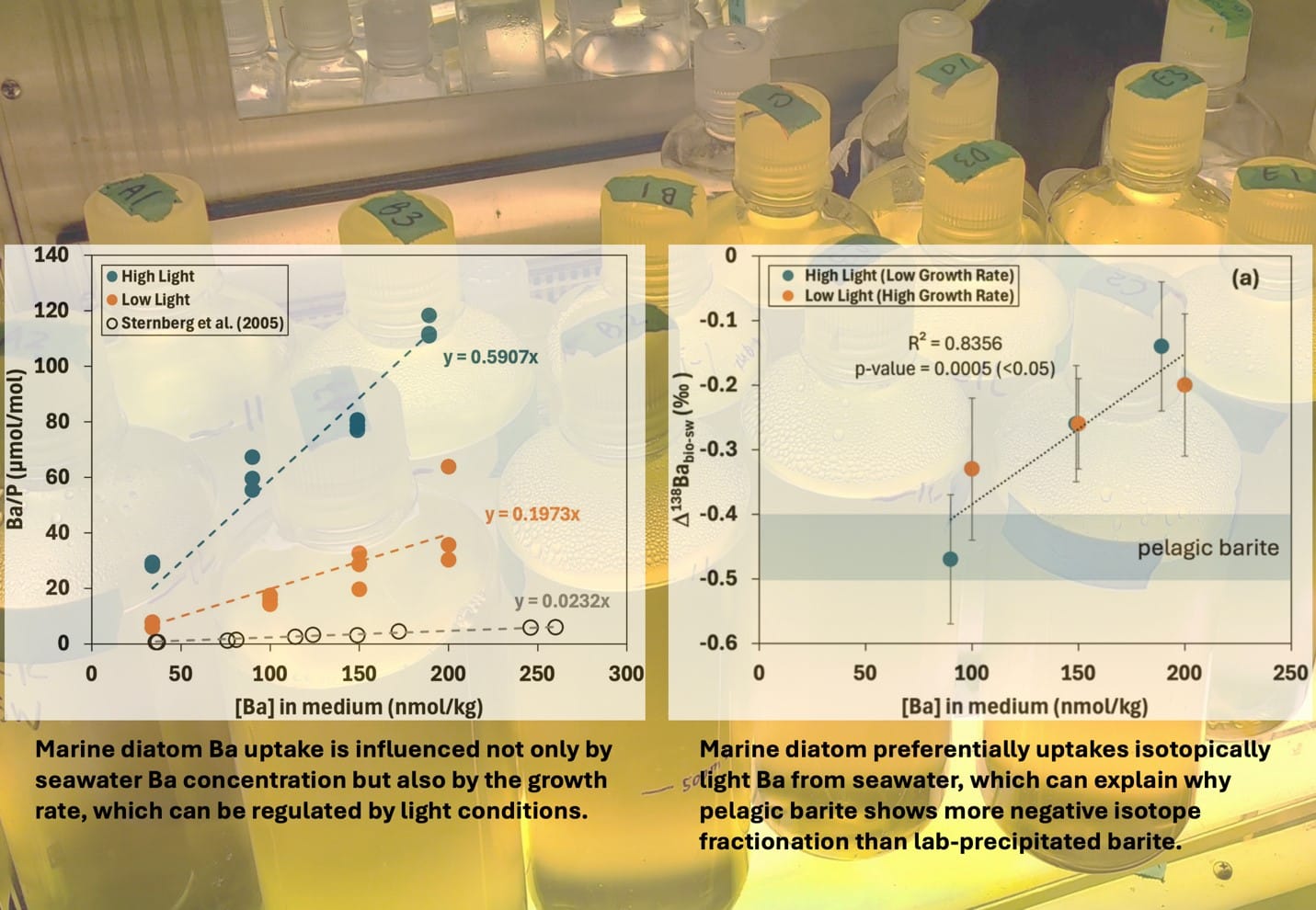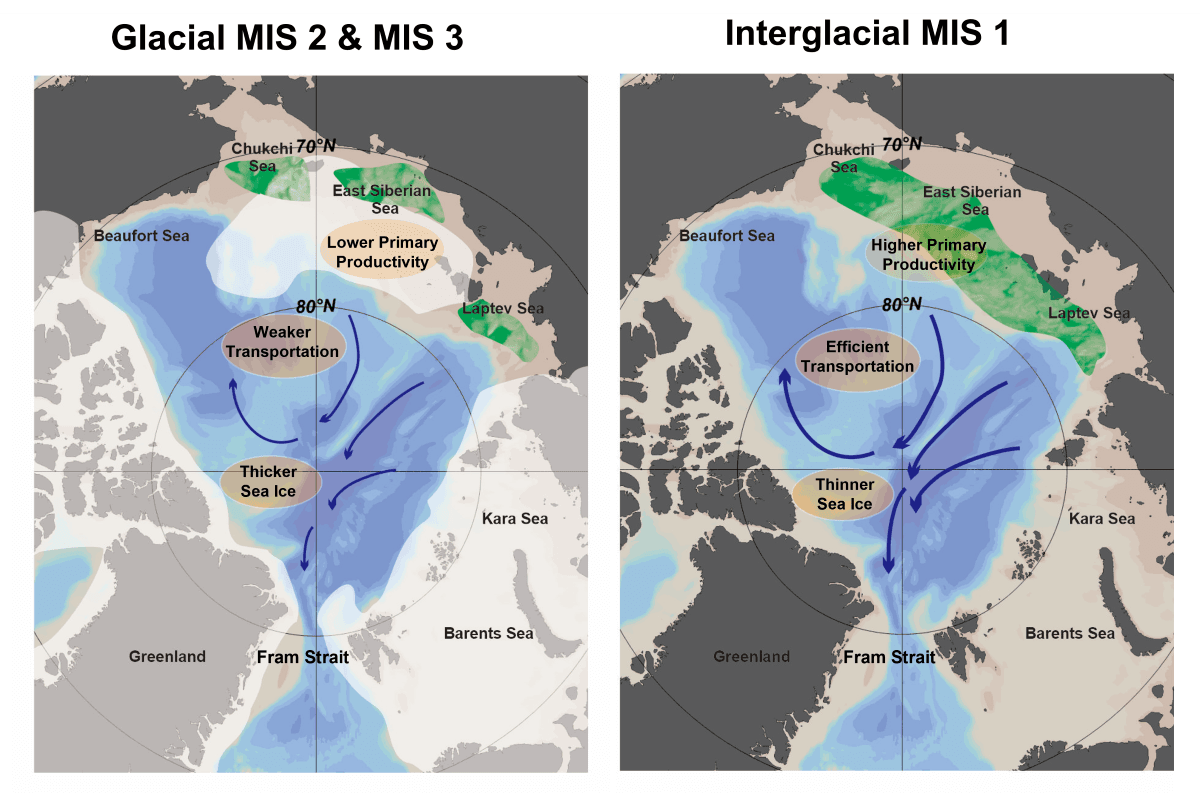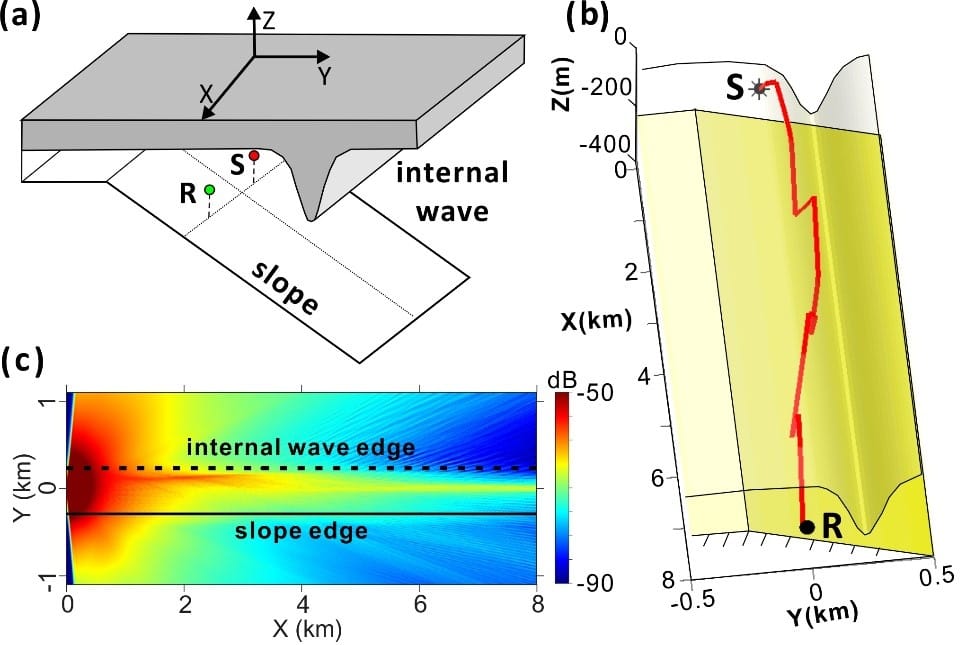講者:Professor Yuji Sano (Atmosphere and Ocean Research Institute, The University of Tokyo)
題目:High resolution analysis of mussel shell by NanoSIMS.
時間:3月7日(四) 10:00~10:30
地點:海洋所106會議室
High resolution analysis of mussel shell by NanoSIMS
Yuji Sano (ysano@aori.u-tokyo.ac.jp), Atmosphere and Ocean Research Institute, The University of Tokyo, Kashiwa, Chiba 277-8564, Japan
We developed a method to measure Mg/Ca, Sr/Ca and Ba/Ca ratios of natural carbonates with supper-fine structure using high lateral resolution secondary ion mass spectrometer, NanoSIMS [1]. This method was successfully applied into the geochemical analysis of foraminifera test [2] and coral skeleton [3]. Previous high resolution analysis of cultivated giant clam shell with 2 micro-meter spot [4] showed a diurnal variation in the Sr/Ca ratio, which may reflect the daily light cycle. Based on the calibration between the insolation and Sr/Ca ratios, we reconstructed solar radiation of Middle Holocene using a fossil giant clam shell [5]. In order to apply state-of-the-art analytical method to other bivalve shell, we measured Mg/Ca, Sr/Ca and Ba/Ca ratios of a Mediterranean mussel (Mytilus galloprovincialis) collected at the Otsuchi bay, on the Pacific coast of northeastern Japan. This bivalve was living at intertidal zone and colletected on September 6th 2011, that may have suffered by a great tsunami induced by the 2011 magnitude 9.0 Tohoku earthquake on March 11th. Soft tissues were removed from mussel and the shell was cut along the maximum growth axis and mounted in Araldite disk together with a carbonate standard. This species is known to form a growth line with organic matter daily or bidaily at the air exposure time, which may facilitate age-model with tidal record by counting the etched-stained lines. After polishing and gold coated, we analyzed trace elements of the shell by low resolution (10-micro-meter spot at 100-micro-meter interval) and high resolution (2-micro-meter spot at 3-micro-meter interval) using NanoSIMS installed at The University of Tokyo. Annual variations of Mg/Ca ratios, high in winter and low in summer, are clearly visible at low resolution, smilar to those of caltivated giant clam shell [4]. Mg/Ca ratios of the inner edge, corresponding to most recent date (September 2011) together with data of December 2010 estimated by the age-model, show daily or bidaily cyclic changes at high resolution. High Mg/Ca ratios are probably derived from the time of air exposure at low tide when the Ca transportation is blocked. We also discuss the influence of great tsunami.
Ref: [1] Sano et al. Anal. Sci. 21, 1091, 2005. [2] Kunioka et al. G-Cubed 7, Q12P20, 2006. [3] Shirai et al. Geochim. Cosmochim. Acta 72, 5386, 2008. [4] Sano et al. Nature Commu. 3, 761, 2012. [5] Hori et al. Scientific Reports, 5, 8734, 2015.


